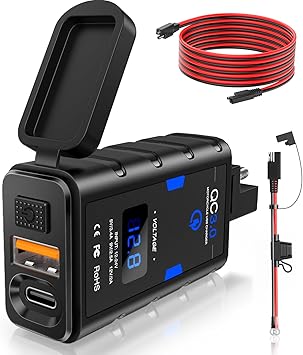I received an email from PD announcing a Kickstarter campaign for their motorcycle wireless charging mount. I haven't bought their mount because of the lack of wireless charging.
I have been using their DSLR camera gear since 2014, so I am a big fan of their stuff.
I know some here use their mounts and may be interested in this 🙂
I have been using their DSLR camera gear since 2014, so I am a big fan of their stuff.
I know some here use their mounts and may be interested in this 🙂









